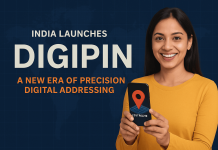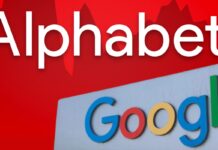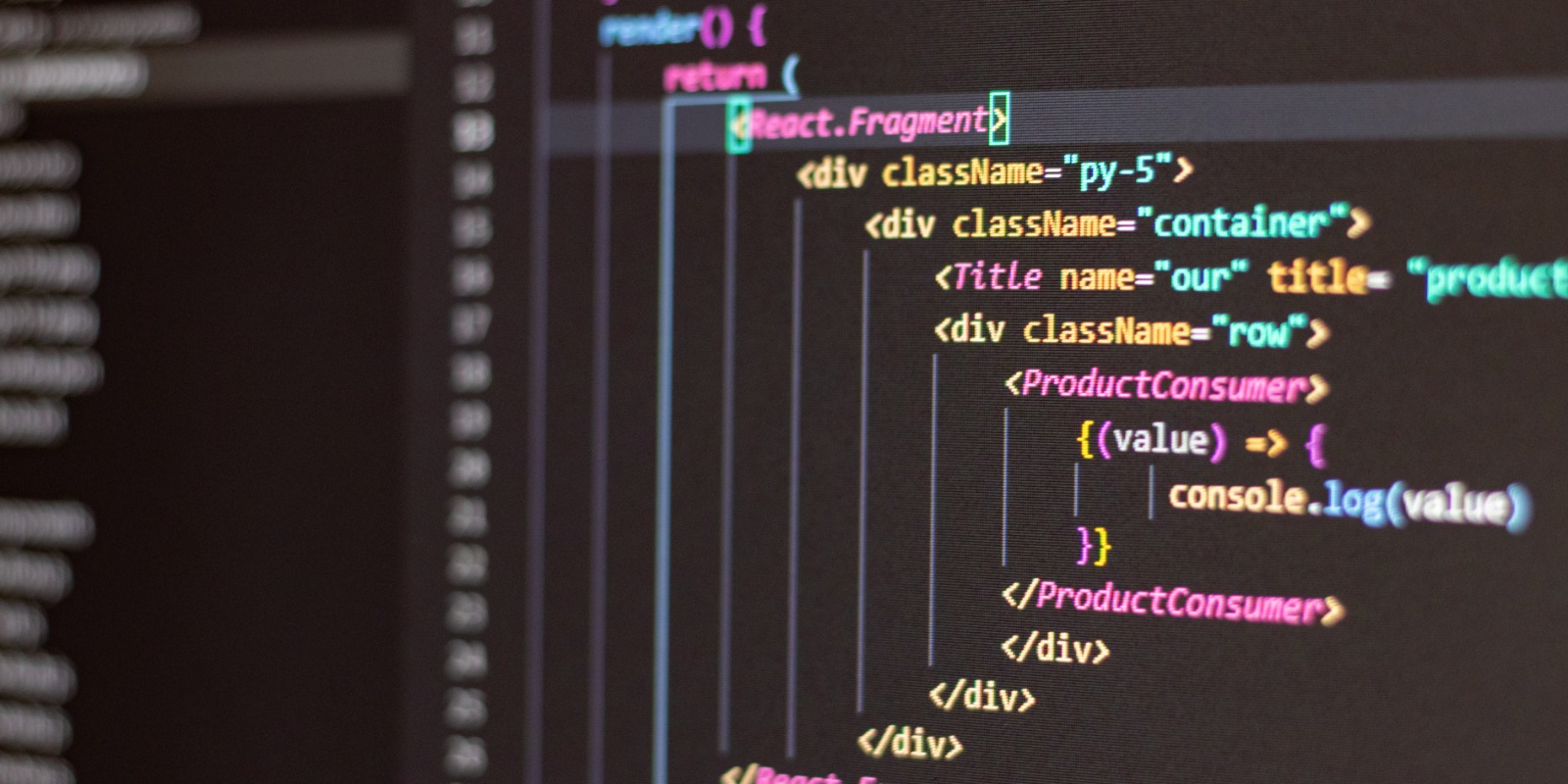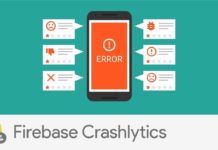Table of Contents
Imagine telling a computer, “Make a website for my coffee shop,” and it writes the code for you, perfectly. That’s the idea behind something called vibe coding.
With the help of Artificial Intelligence (AI), writing software isn’t just for computer geeks anymore. Now, even beginners can describe their ideas, and AI can turn those ideas into real computer code.
In this blog, we’ll explain what vibe coding is, how it works, and what it means for the future of technology. Don’t worry — we’ll use simple words so everyone can understand.
What Is Vibe Coding?
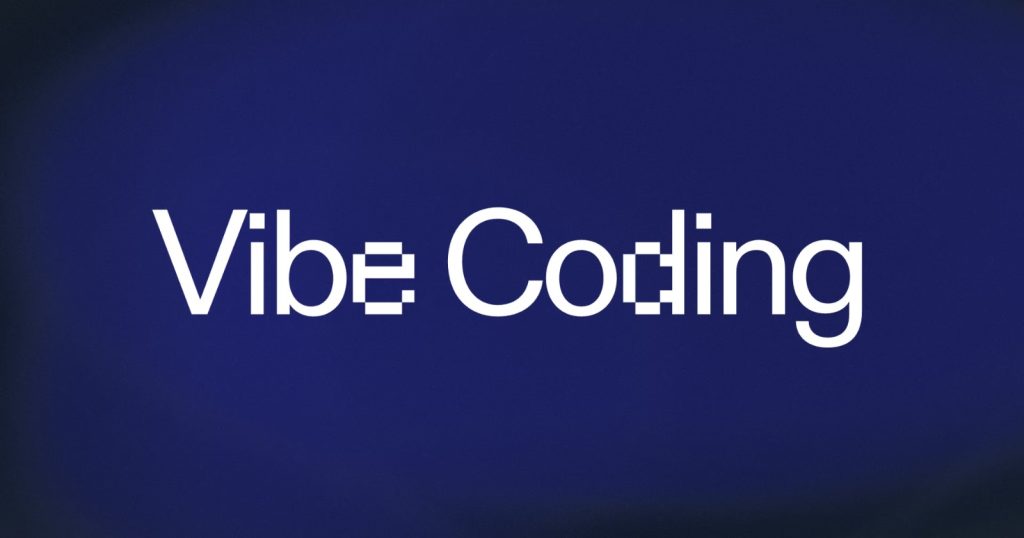
Vibe coding is a new way to write computer code — not by typing every single line, but by telling the computer the general “vibe” or feeling of what you want. It’s like giving your ideas to an assistant and letting the assistant do the hard work.
Think of it like this:
Instead of typing:
html
CopyEdit
<div style=”background-color: blue; color: white;”>Hello World</div>
You say:
“Make a cool-looking blue box that says ‘Hello World’.”
And the AI writes the code for you!
That’s vibe coding — a mix of human creativity and AI brainpower.
Why Is It Called “Vibe” Coding?
The word “vibe” means a feeling, a mood, or an idea. In vibe coding, you describe what you want the code to feel or look like, and the AI figures out how to make it happen.
It’s not about perfect instructions. It’s about your vision — and the AI filling in the blanks.
Just like how you might ask a designer for something “clean and modern,” you can now ask your AI coding tool for “a smooth login page with a friendly design.”
How Does It Work?
Vibe coding uses powerful AI tools that have been trained on tons of code from the internet. These tools include:
- Large Language Models (LLMs) like ChatGPT or Google’s Gemini
- AI Coding Assistants like GitHub Copilot or CodeWhisperer
- Natural Language Processing, which helps computers understand human words
Here’s the simple step-by-step:
- You describe what you want (in plain language).
- The AI reads your description.
- It searches its knowledge for patterns and best practices.
- It writes code that matches your idea.
You don’t have to know any programming languages. The AI acts like a helpful teammate that does the technical parts for you.
Examples of Vibe Coding in Action
| Your Prompt (Idea) | What the AI Creates |
| “Make a blog page that looks like a diary.” | HTML + CSS with handwriting fonts and warm colors |
| “Create a calculator with big buttons.” | A working calculator app with an easy-to-read layout |
| “Build a form to collect email addresses.” | HTML form + backend script to store data |
| “Design a fun quiz with a score tracker.” | A JavaScript quiz game with a score counter |
You don’t need to memorize syntax — you just need to know what you want.
Why Is Vibe Coding Important?
Vibe coding is changing the game for:
- Beginners who want to build websites without learning full programming
- Designers who can turn creative ideas into reality faster
- Startups that want to test ideas quickly
- Developers who want to skip the boring parts
It’s about faster work, more creativity, and less frustration.
What Are the Pros and Cons?
| Pros | Cons |
| Makes coding easier for everyone | May generate code that’s not always perfect |
| Saves time and boosts productivity | Can miss complex logic or custom needs |
| Encourages more people to code | People might rely too much on AI |
| Great for prototyping ideas quickly | Needs human review for security and accuracy |
What Should We Watch Out For?
AI isn’t perfect. While vibe coding is super useful, you still need to:
- Check the code for errors or bugs
- Understand the basics of what the code does
- Be cautious with sensitive tasks like financial apps or security systems
Just like using Google Maps doesn’t mean you’re a pilot, using vibe coding doesn’t mean you’re a full developer. But it’s a great tool for learning and building faster.
How Will Vibe Coding Change the Future?
Vibe coding will:
- Bring more people into tech
- Speed up software creation
- Make ideas come to life faster
In the future, you might see AI helping kids build their first video game, helping artists code their websites, or even helping farmers create smart tools for their fields.
Coding is no longer just about “typing lines.” It’s about bringing ideas to life — with help from AI.
Conclusion: The Code, The Vibe, and You
Vibe coding is like telling your tech assistant, “Here’s my idea — now help me build it.”
You don’t have to be a coder. You just need creativity and the willingness to describe your vision.
With AI by your side, building websites, apps, and tools can be as easy as talking to a friend. That’s not just the future — it’s already happening.






